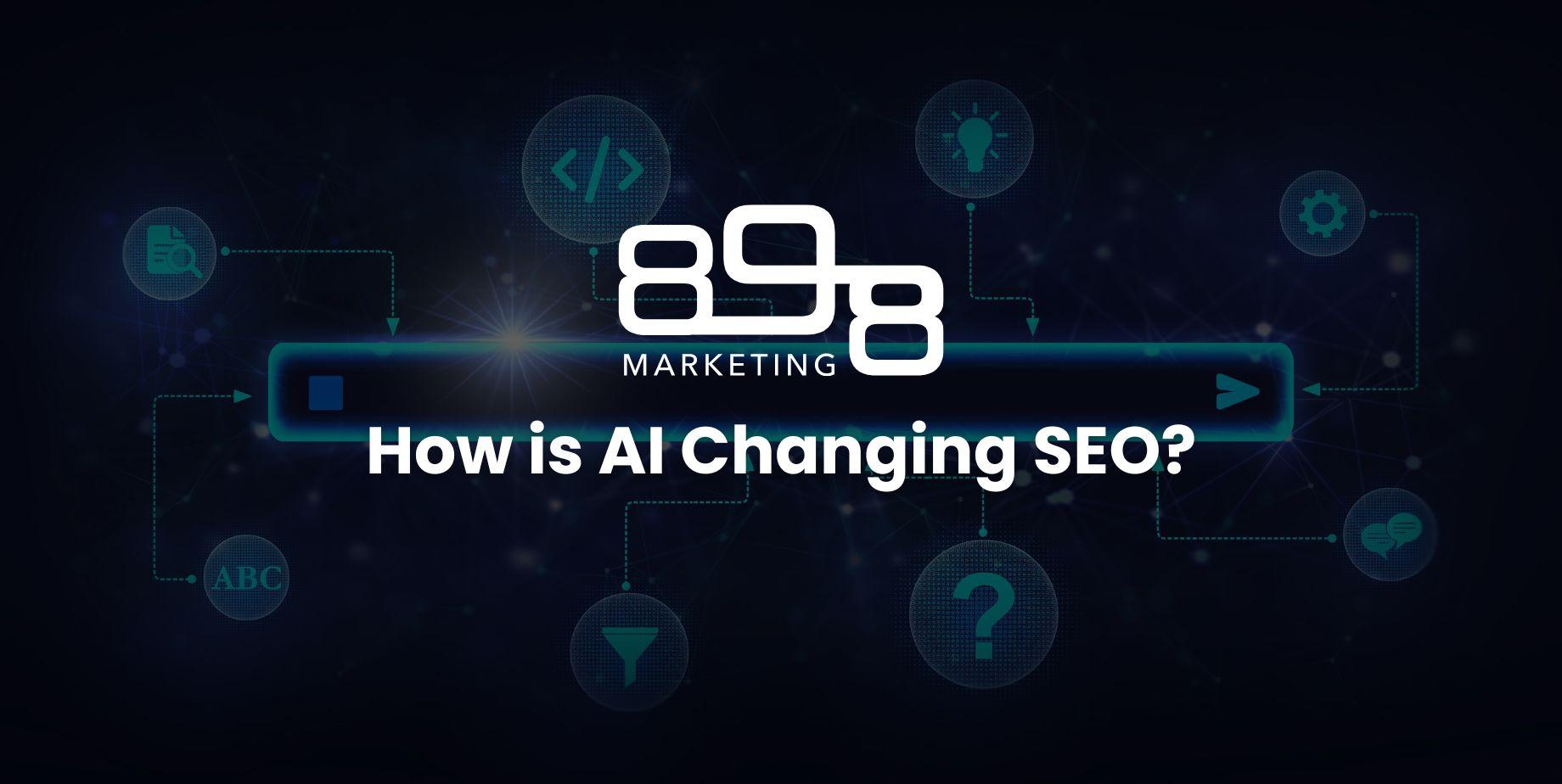Why is UX/UI Important for My Website?
- Lexi Marco
- November 4, 2025
- Web Development, Website
- ux/ui, Web Design
- 0 Comments
Have you ever left a website within a few seconds because it was confusing or loaded slow? If yes, that is why UX/UI is important for your site. Let’s start with the basics: UX refers to User Experience, whereas UI stands for User Interface. Both terms refer to the concept of creating a website that your web visitors can understand and use easily. In this blog, we will cover in more detail the importance of UX/UI and how it makes your site standout from others.
A Deeper Dive into What UX/UI Means
UX/UI is what makes users feel something when they visit your site or application. UX and UI work together to create the ultimate product—something that looks good, is easy to use and leaves a lasting impression.
User Experience
UX (User Experience) is the overall experience a person has using a product, such as a website or app, including how easy it is to navigate and find what they are looking for. This element focuses on the functionality of your website such as readability and the logic behind element placement.
Answering honestly, consider the following questions about your website:
- Does my website load quickly? (Ideally, less than 3 seconds)
- Can visitors of all demographics use my website easily?
- What goals do I have for my website? Am I looking for more phone calls? More form fills?
Knowing your audience and end goal is a big factor in your specific niche of user experience. Without that information, you may unintentionally miss opportunities for new customers.

User Interface
UI (User Interface) is the point of human and computer interaction. UI allows the user to control the device or software and receive feedback. The visual and interactive elements, such as calls to action (CTA), menus, icons and screens, are everything that a user will use in their experience with the application. UI heavily relies on your business’s branding to bring your company to life digitally.
Answering honestly, consider the following questions about your website:
- Are all of my branding colors consistent on my website?
- Are all of my fonts consistent?
- Does the tone of voice reflected in my copy remain the same throughout?
Considering these questions, you’ll be able to get a good idea about the visual appeal of your site.
Why Does UX/UI Design Matter for Your Website?
First Impressions Count
Your visitors form an opinion of your brand within seconds of landing on your website. Was the site slow to load? Does it clearly reflect your branding? A clean, intuitive design tailored to your audience helps establish immediate trust and encourages users to stay and explore.
Improves User Retention
A clear visual hierarchy keeps users engaged. Breaking content into well-organized sections, supported by visuals that reinforce key points, makes information more digestible and enjoyable. This structured approach encourages users to explore further rather than bounce. Accessibility also plays a vital role in keeping users connected and returning to your site.

Boosts Conversions and Sales
Make it effortless for users to complete your main goal, whether that’s purchasing a product, booking an appointment or contacting your team. Streamlined CTAs and intuitive navigation ensure users can easily take the next step.
A/B testing can further improve conversions by revealing which headlines, navigation labels or button text resonate most with your audience. Heat mapping tools can also provide insights into user behavior, helping you identify whether key actions and information appear before the fold and whether users are engaging with critical areas of your site.
Builds Brand Credibility
Consistent, cohesive branding creates a sense of professionalism and reliability. A well-designed layout that seamlessly integrates your brand elements builds user confidence and reinforces your credibility. Clean visuals and clear messaging signal that your business is trustworthy and established.
Supports Search Engine Optimization
Faster load times and mobile-friendly design boost your search rankings. Strong engagement metrics, like lower bounce rates and longer dwell times, signal quality and relevance to Google, helping your site gain better organic visibility and attract more qualified visitors. (No one wants to wait for a website to load!)

How to Improve Your Website’s UX/UI
- Simplify Navigation: Make it easy for users to find what they need quickly by organizing menus logically and limiting unnecessary options.
- Use Consistent Design Elements: Maintain uniform colors, typography and button styles throughout your site to create familiarity and strengthen brand identity.
- Design Mobile-First: Design with mobile users in mind from the start, ensuring layouts, buttons and text adapt seamlessly to smaller screens.
- Increase Your Website’s Load Speed: A great tool to get a detailed look at your website’s load speed is Page Speed Insights. This tool shows you a view of your website broken down into mobile and desktop, and will also show whether your site fails or passes critical checks.
- Collect Feedback and Iterate: Use analytics, surveys and user feedback to refine your design over time and continually enhance the user experience.
Invest in Your Website’s UX/UI
A beautiful website isn’t enough; it has to work for your users. UX/UI design ensures that your site not only looks great but also functions seamlessly, guiding visitors toward your goals while creating a positive, memorable experience. When you invest in UX/UI, you’re investing in your users’ satisfaction, your brand’s credibility and ultimately, your business’s growth. If you are feeling overwhelmed, we encourage you to reach out to 898 Marketing’s team for a consult to discuss potential pain points and business growth. At 898 Marketing, we help you turn your website into a powerful, user-focused tool that drives real results.





Recent Comments